1
Campground
Campground Calendar
mm
/
dd
/
yyyy
mm
/
dd
/
yyyy
June | |||||||||||
|---|---|---|---|---|---|---|---|---|---|---|---|
Availability Table Bottom Menu
No Campsites Selected
Content is loading
June | |||||||||||
|---|---|---|---|---|---|---|---|---|---|---|---|
No Campsites Selected
Medicine Bow-Routt Nfs & Thunder Basin Ng
Sandstone Cabin is located beside State Highway 70 in the Sierra Madre Range. The cabin is nestled among beautiful aspen trees, and is frequented by moose, elk, and bears. The cabin features propane lights, heat, a propane stove and refrigerator, in addition to offering limited solar power. The cabin will sleep five to six people in 2 bunks and one queen bed. Potable water is availble. Individuals can reserve the Sandstone Cabin up to 14 consecutive nights from mid-June to late October. Please clean up after your pets. Host is located on site.
The historic cabin is furnished with double beds and bunk beds with mattresses and can accommodate up to six people. Other amenities include a propane cook stove,
refrigerator, heater and lights. The kitchen is equipped with basic cooking and eating utensils and cookware. Solar panels provide limited power for lights and
small appliances. The bathroom has a shower and flush toilet.
Water is available on-site, though it is advised that guests bring their own for drinking. A picnic table and campfire ring provide a delightful
area for outdoor dining.
Guests need to provide their own food, sleeping bags, lanterns or flashlights, pillows, towels, dish soap, matches, first aid kit, toilet paper and garbage bags. All trash and food should be packed out, and guests are expected to clean the cabin before leaving. .
No pets are allowed within the building.
Cell phone coverage is not available in the area
Check the elements
-What is in the skies? Check the weather report before you leave home. When you arrive at the site, keep on eye on the skies for changes and, if possible, carry a compact weather radio. In inclement weather, take shelter until the bad weather passes. Stay dry - wet clothes contribute to heat loss. Also, keep sleeping bags and important gear dry at all times.
-Are there forest or grassland alerts? Forest and grassland home pages post alerts you should know before you go. Many of our forests and grasslands also post alerts on Twitter. The latest fire information may be found on InciWeb.
Survey your surroundings
-Arrive early. Plan your trip so that you arrive at your actual campsite with enough daylight to check over the entire site and safely set up camp.
-Check for potential hazards. Be sure to check the site thoroughly for glass, sharp objects, branches, large ant beds, poison ivy, bees, and hazardous terrain.
-Avoid areas of natural hazards. Check the contour of the land and look for potential trouble spots due to rain or snow. Areas that could flood or become extremely muddy can pose a problem.
-Inspect the site. Look for a level site with enough room to spread out all your gear. A site that has trees or shrubs on the side of prevailing winds will help block strong, unexpected gusts.
-Pitch your tent in a safe spot. Make sure your tent is made of flame-retardant fabric, and keep it a safe distance away from campfires. Keep insects out of your tent by closing the entrance quickly when entering or leaving.
-Build fires in a safe area. Your open fires and fuel-burning appliances must be far enough away from the tent to prevent ignition from sparks, flames, and heat. Never use a flame or any other heating device inside a tent. Check to know whether there are fire restrictions in place before starting a campfire. You could be fined if you start a fire in a restricted area.
Be fire safe
-Keep fires small and bring firewood purchased in the local area. Firewood brought from another area could also bring invasive pests.
-If you have to collect firewood at your campsite, collect dead and down wood only.
-Check at the local ranger station for current fire restrictions, which can change on a daily, sometimes hourly, basis.
-Use existing fire rings. Scrape away litter and any other burnable material within a 10-foot-diameter surrounding the ring.
-Make sure all wood fits inside the fire ring. Do not feed a large log into the fire ring.
-Have a shovel, axe, and bucket of water available before lighting your campfire.
-Never leave a campfire unattended, even for a few minutes or even if there are no flames present. Many wildfires start because of abandoned fires or because someone thought a fire was out.
-Put out a campfire by slowly pouring water onto the fire and stirring with a shovel. Continue adding and stirring until all material is cool to touch.
-Do not bury your fire. The coals can smolder and re-ignite.
Be bear aware
Being outdoors means being with wildlife. Many people never encounter a bear. But if you do, here's some simple advice:
DO NOT RUN.
*Remain calm.
*Group together and pick up small children.
*Continue to face the bear and back away slowly, talking calmly to identify yourself as a human.
*If the bear continues to approach, try to scare it away by making yourself as large and imposing as possible by stretching your arms overhead and making loud noises.
*Carry and know how to use bear spray, which is available at many outdoor retailers and can be used to deter a charging bear.
Food Storage
Bears are always searching for food. Bears are curious, intelligent animals that have great memories. Their eyesight is similar to humans and their sense of smell is seven times more powerful than a blood hound’s, enabling them to smell food from miles away. Those are the very traits that can sometimes get them – and us – into trouble. Most bears are wary of humans and try to avoid them. However, bears can learn to associate people with food and be tenacious in their pursuit of something to eat. Even if humans are around.
Everyone in bear country must do our part to store food and other attractants in bear-resistant containers at all times, and dispose of trash in bear-resistant dumpsters.
From open, high expanses to valleys and canyons that rise steeply to snowy ranges, the Medicine Bow-Routt National Forests encompass mountain ranges, tributaries to the North Platte River and the Colorado River, and a mix of forested ecology with spruce, lodgepole pine, subalpine fir, aspen and shrub lands.
Sandstone Cabin sits in a clearing surrounded by a mixture of lodgepole pine, aspen and mixed conifer forest at an elevation of 8,200 feet. Wildlife viewing is abundant in the area, including elk, deer and moose.
Battle Highway, which passes right by the cabin, is a scenic drive featuring historic copper mining sites that were developed from 1897-1908 in the Sierra Madres. The drive is about 58 miles, beginning in Baggs, Wyoming and ending in Riverside, Wyoming. Interpretive signs along the route explain points of interest.
Lake and Pond Fishing
Areas for Lake and Pond Fishing at Sierra Madre Area
River and Stream Fishing
Areas for River and Stream Fishing at Sierra Madre Area
Day Hiking
Areas for Day Hiking at Sierra Madre Area
Backpacking
Areas for Backpacking at Sierra Madre Area
Viewing Wildlife
Areas for Viewing Wildlife at Sierra Madre Area
Viewing Plants
Areas for Viewing Plants at Sierra Madre Area
Viewing Scenery
Areas for Viewing Scenery at Sierra Madre Area
BOX 249 SARATOGA WY 82331
For campground inquiries, please call: 307-326-5258
Learn more about gear rental options for your trip
From Encampment, Wyoming, travel west on State Highway 70, approximately 26 miles to the Sandstone Work Center. Turn right into Work Center compound and the Sandstone Cabin will be located on your left.
From Baggs, Wyoming, travel east on State Highway 70, approximately 32 miles to the Sandstone Work Center, which will be located on the north side of the highway (left). The Sandstone Cabin is located on the left.
Access to Sandstone is entirely on paved roads, including the circle driveway within the Sandstone Work Center.
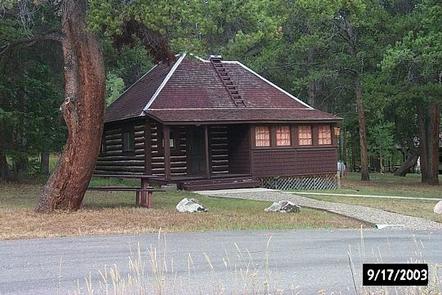
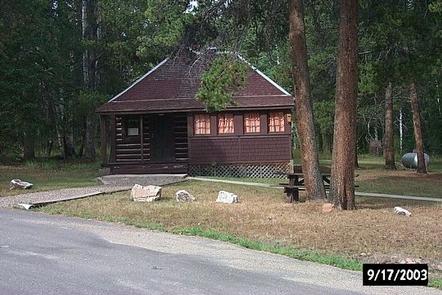
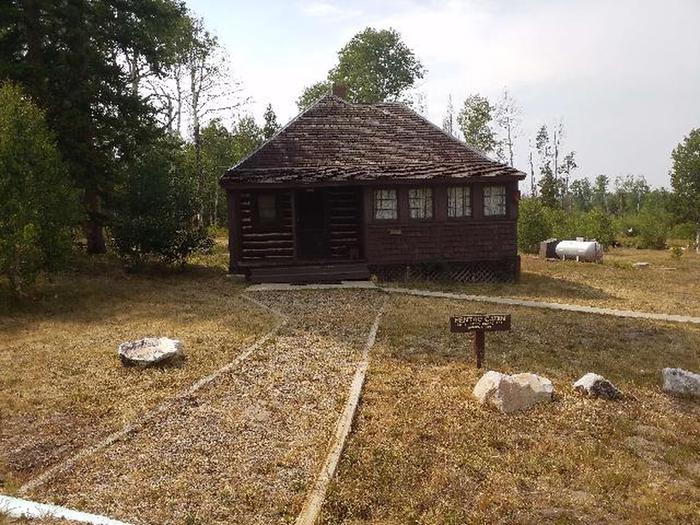
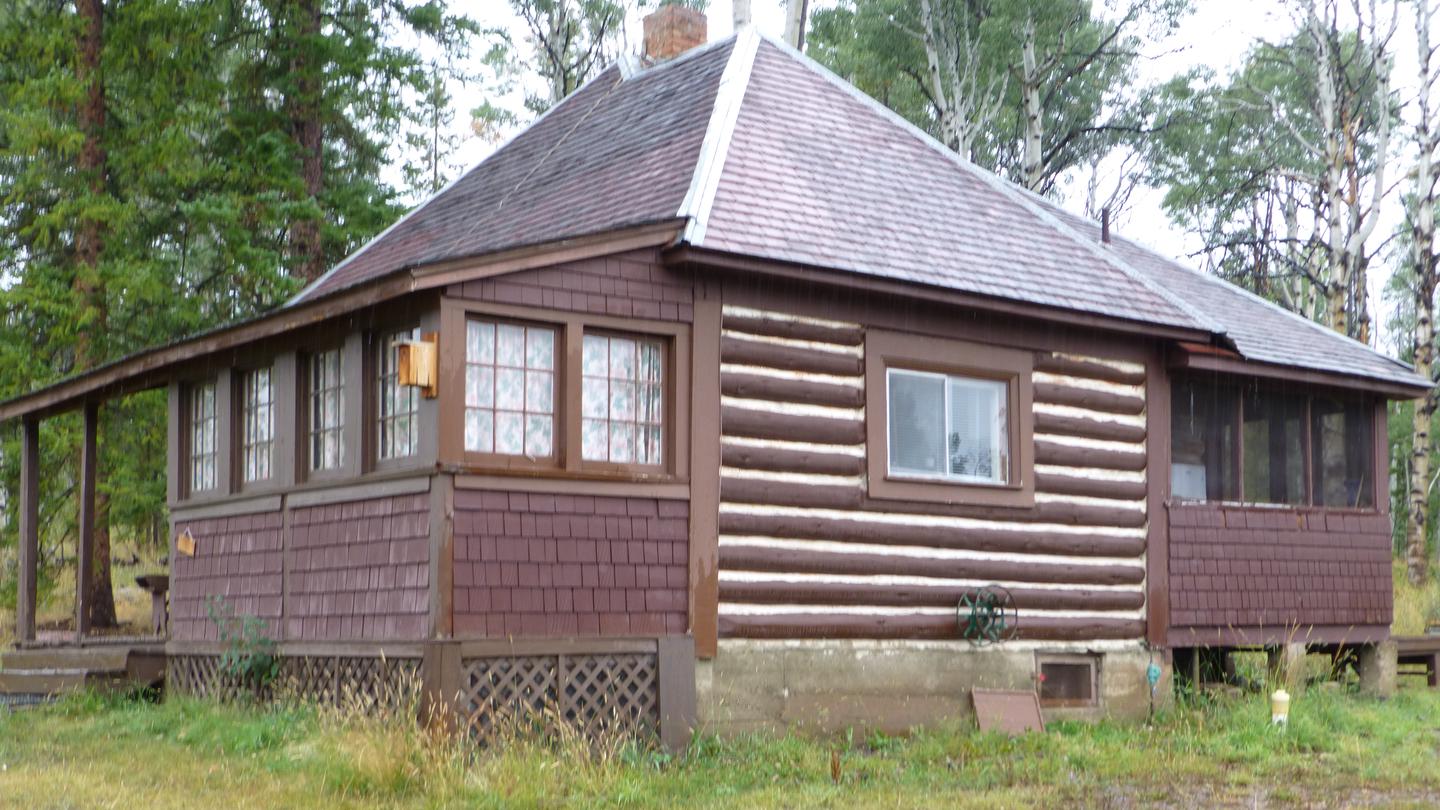
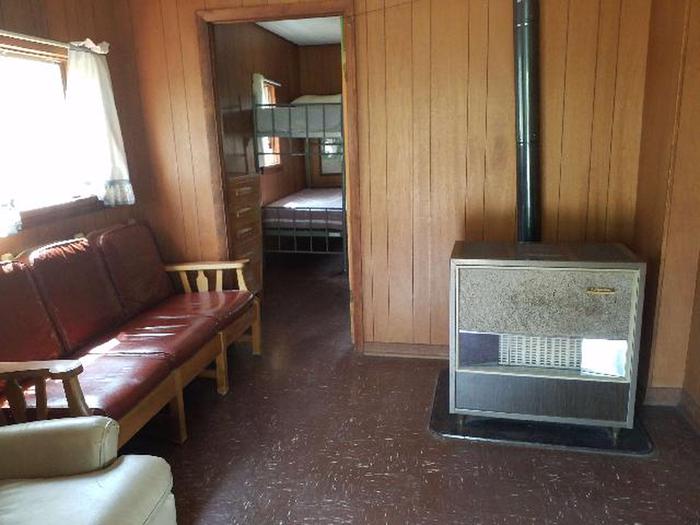
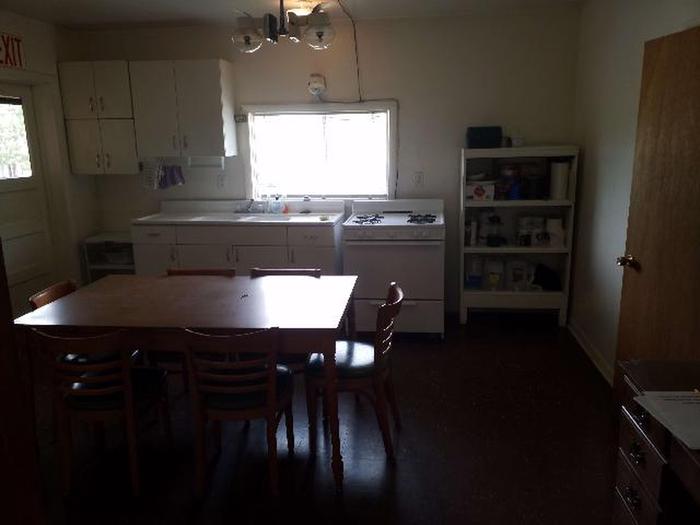
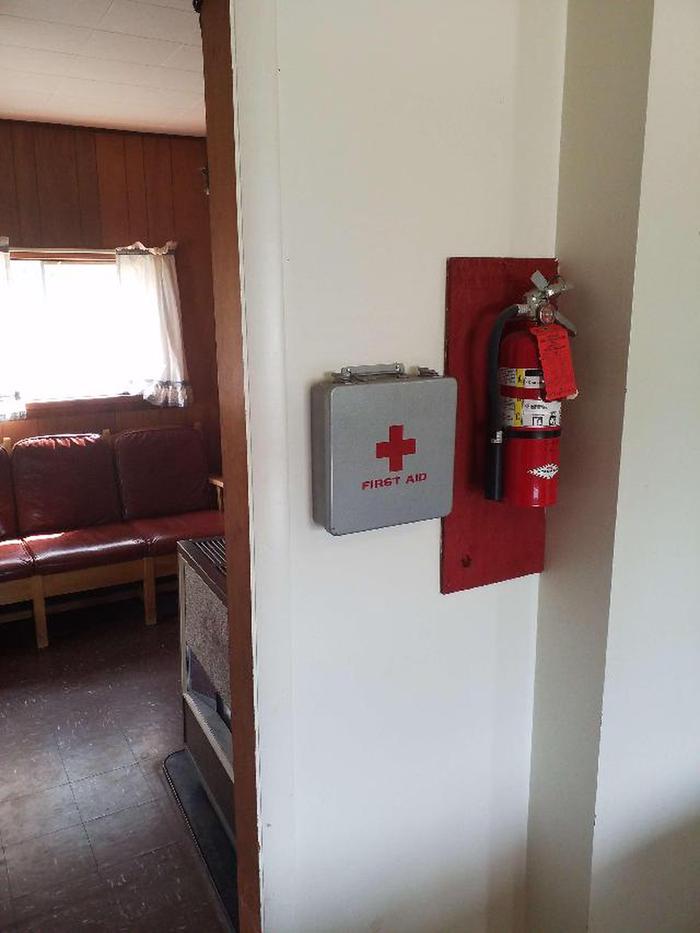
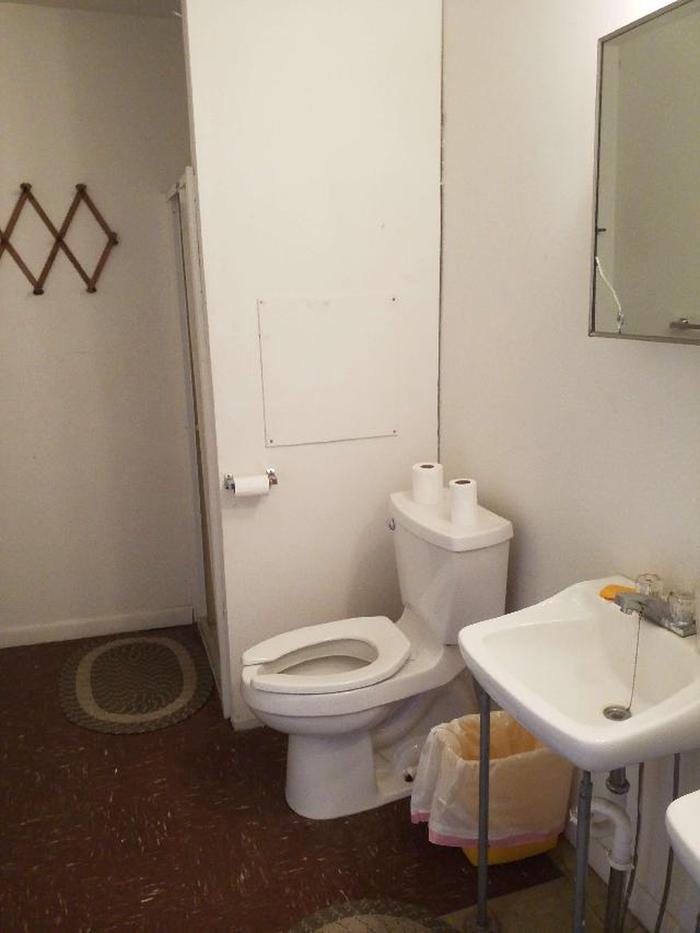
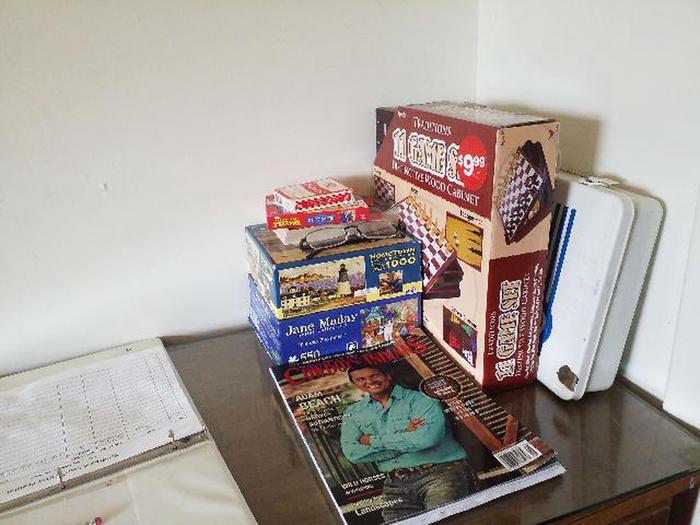
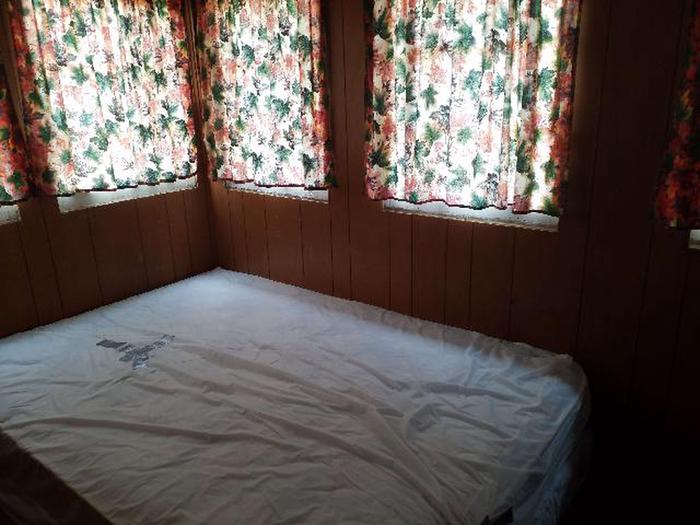

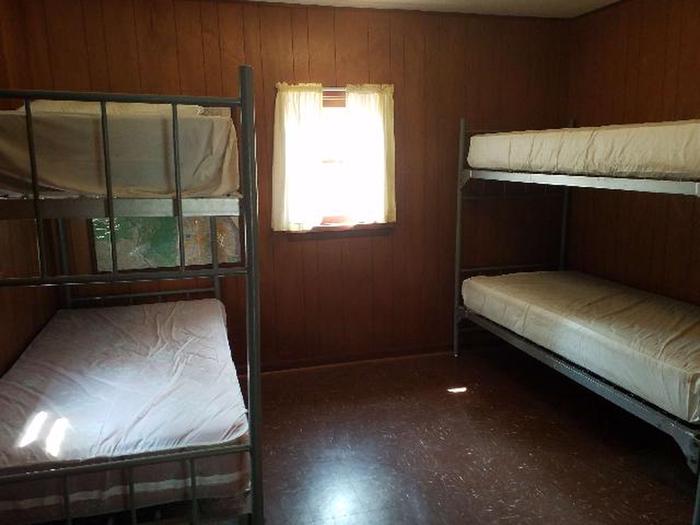
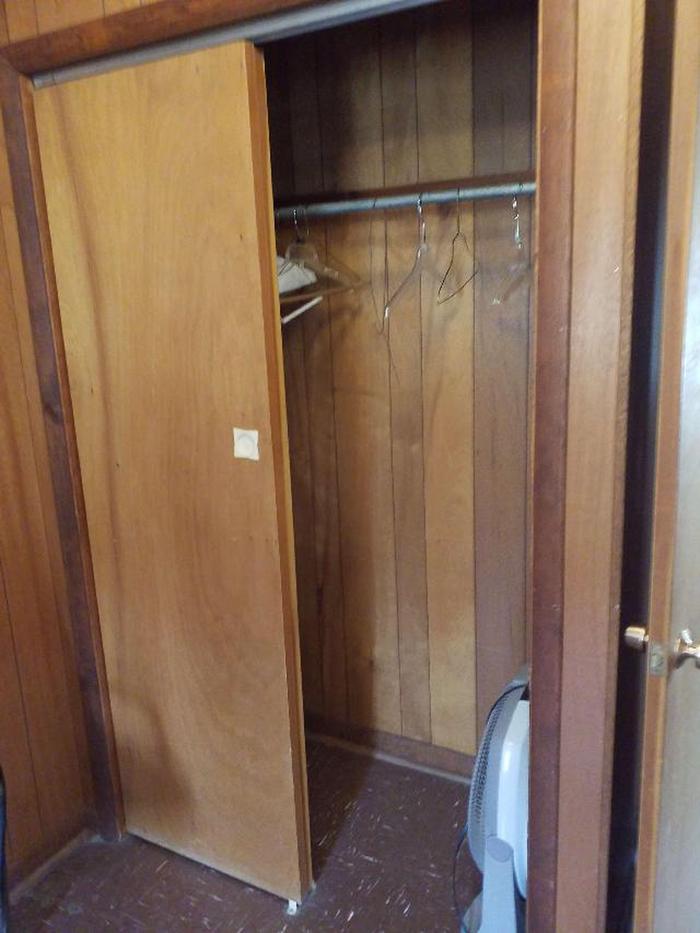
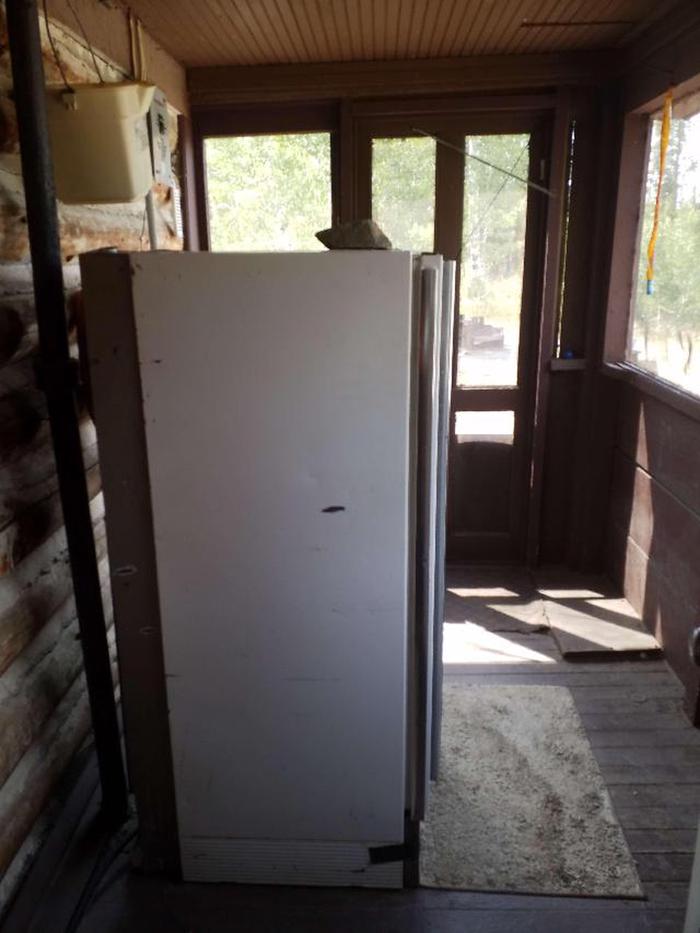
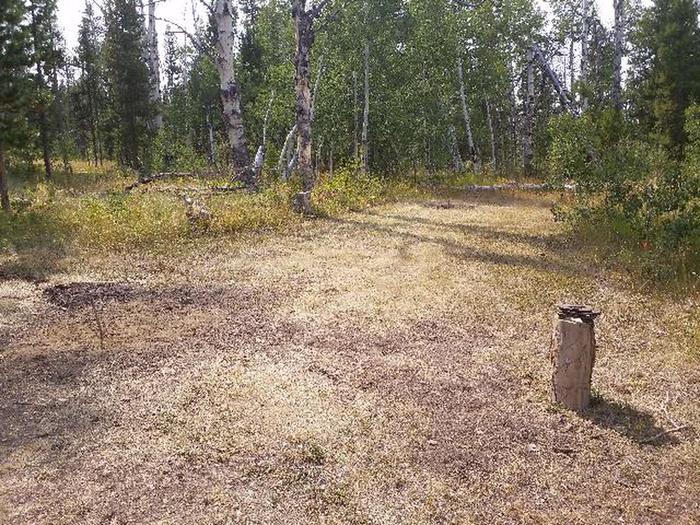
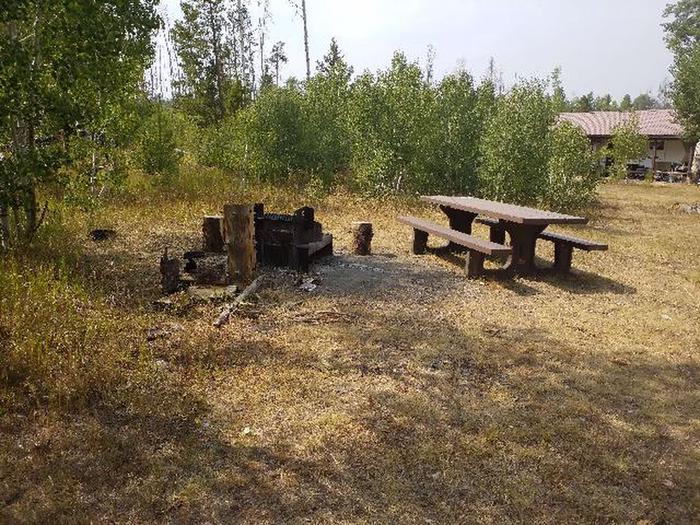
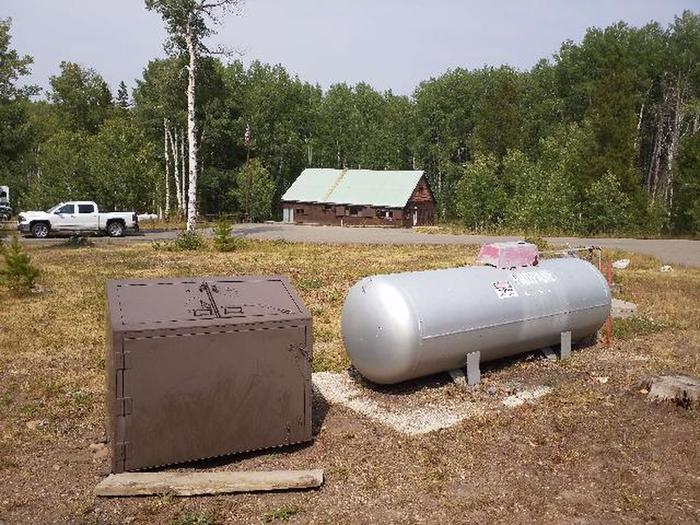
Recreation.gov is your gateway to explore America's outdoor and cultural destinations in your zip code and across the country. We provide tools and tips to discover new adventures through a one-stop shop for inspiration and ideation, trip planning, information sharing, and reservations. Find incredible places and experiences that help you bring home a story through Recreation.gov!